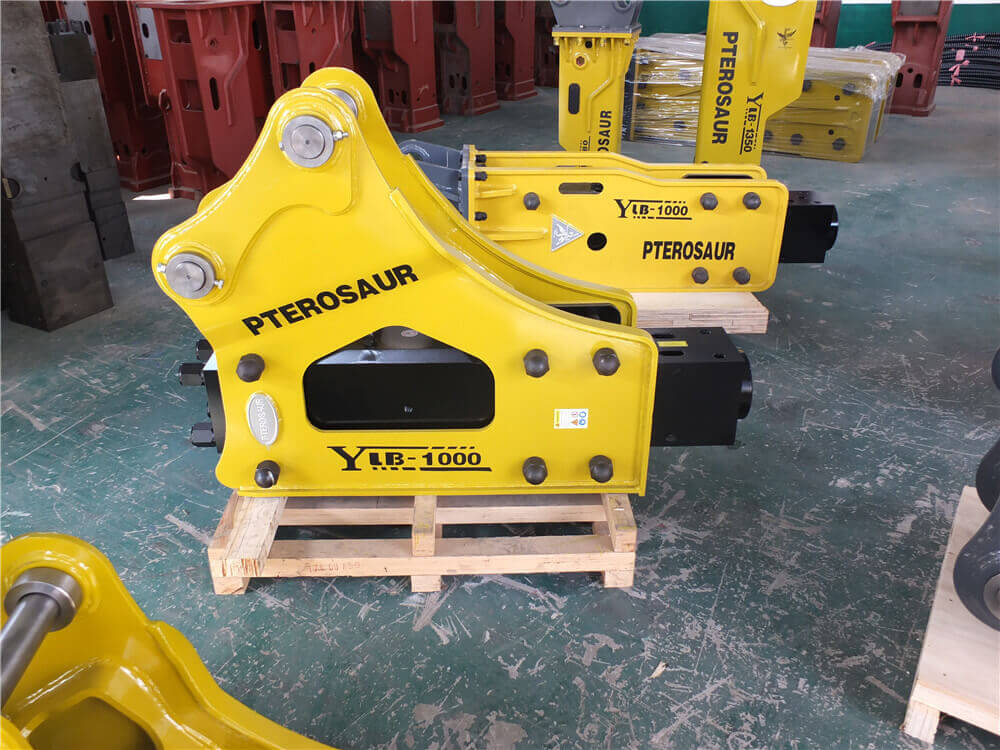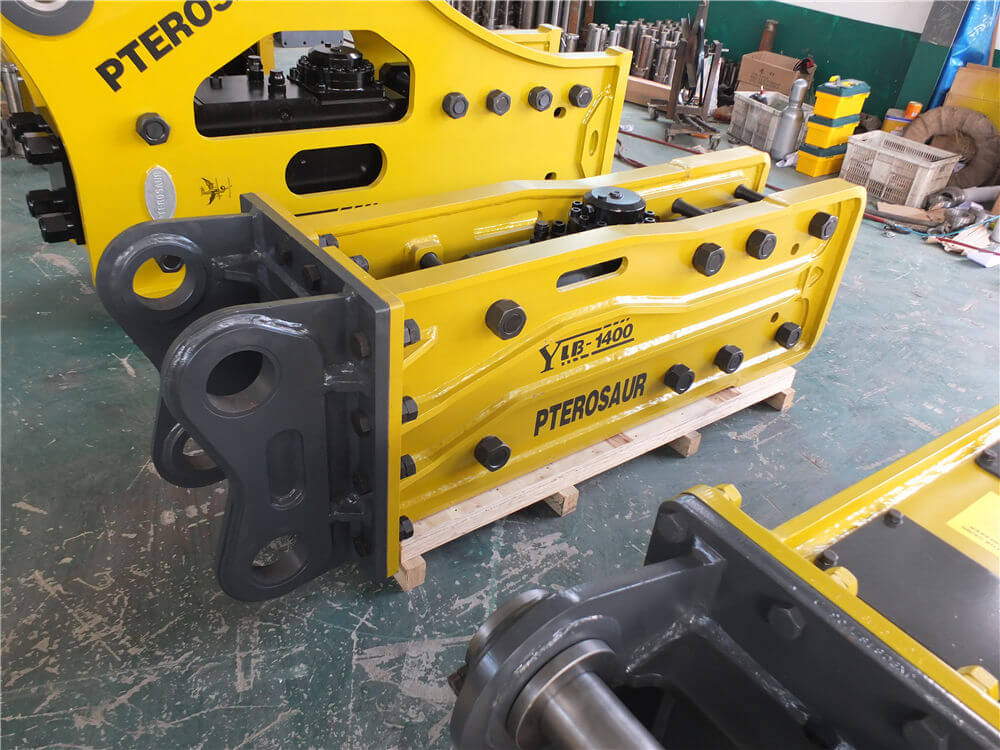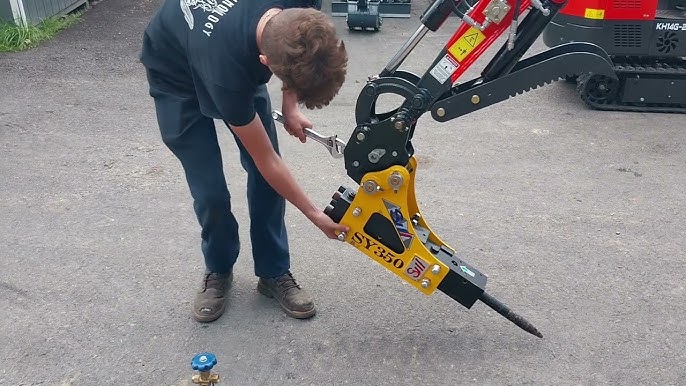Understanding Excavator Breakers: Capacity and Productivity Analysis
Excavators are essential heavy machinery used in various construction and demolition projects. Among the various attachments available for excavators, the breaker attachment stands out due to its ability to efficiently break through hard materials like concrete and rock. In this article, we will delve into the production capacity of excavator breakers, how to calculate it, and factors influencing productivity.
What is an Excavator Breaker?
An excavator breaker is a hydraulic attachment that transforms a regular excavator into a powerful demolition tool. It allows the machine to perform tasks such as breaking concrete, rock, and other solid materials, making it invaluable in construction and mining operations. The efficiency of an excavator breaker is measured in terms of its production capacity, often expressed in cubic meters per hour (BCM/hour).
Production Capacity of Excavator Breakers
The production capacity of an excavator breaker depends on several factors, including the type of material being broken, the skill level of the operator, and the specific hydraulic system of the excavator. According to recent studies, the capacity of a hydraulic breaker excavator can range from 2.80 BCM/hour to 21.77 BCM/hour, depending on the operating conditions and the efficiency of the machine.
For instance, a study showed that one hydraulic breaker unit has a production capacity of approximately 21.77 BCM/hour, translating to about 4,278 BCM per month. Conversely, the target production capacity for some companies can be as high as 15 BCM/hour, indicating the importance of optimizing operations to meet project deadlines.
Factors Influencing Capacity
-
Cycle Time: The cycle time is critical in determining the production capacity of an excavator. It includes the time taken to break the material, reposition the excavator, and clear debris. A shorter cycle time significantly increases productivity.
-
Bucket Factor: The size of the excavator’s bucket also influences the overall production. Different buckets have varying capacities, which impacts how much material can be moved in a single cycle.
-
Material Type: The density and hardness of the material being worked on are crucial. For example, breaking reinforced concrete will generally take longer and require more effort compared to softer materials.
-
Operator Skill: An experienced operator can significantly enhance the productivity of an excavator breaker. Proper training and familiarity with the equipment can reduce cycle times and improve accuracy.
Calculating Production Capacity
To calculate the production capacity of an excavator, the following formula is commonly used:
[ Q = frac{(Wg + Wp1 + Wp2 + Wb)}{CT} ]
Where:
– ( Q ) = Production capacity (m³/hour)
– ( Wg ) = Time to dig (in seconds)
– ( Wp1 ) = Time to swing with a loaded bucket (in seconds)
– ( Wp2 ) = Time to swing with an empty bucket (in seconds)
– ( Wb ) = Time to dump the load (in seconds)
– ( CT ) = Cycle time (in seconds)
By optimizing these variables, operators can enhance the efficiency of their excavators, ensuring maximum output.
Conclusion
The excavator breaker is a vital tool in modern construction and demolition projects. Understanding its production capacity and the factors that influence this efficiency is essential for maximizing productivity on the job site. By calculating the cycle times and continuously training operators, construction companies can achieve their project goals while maintaining high standards of efficiency. Whether you are renting a breaker or managing a fleet of excavators, a clear understanding of these principles can lead to successful project outcomes.




































